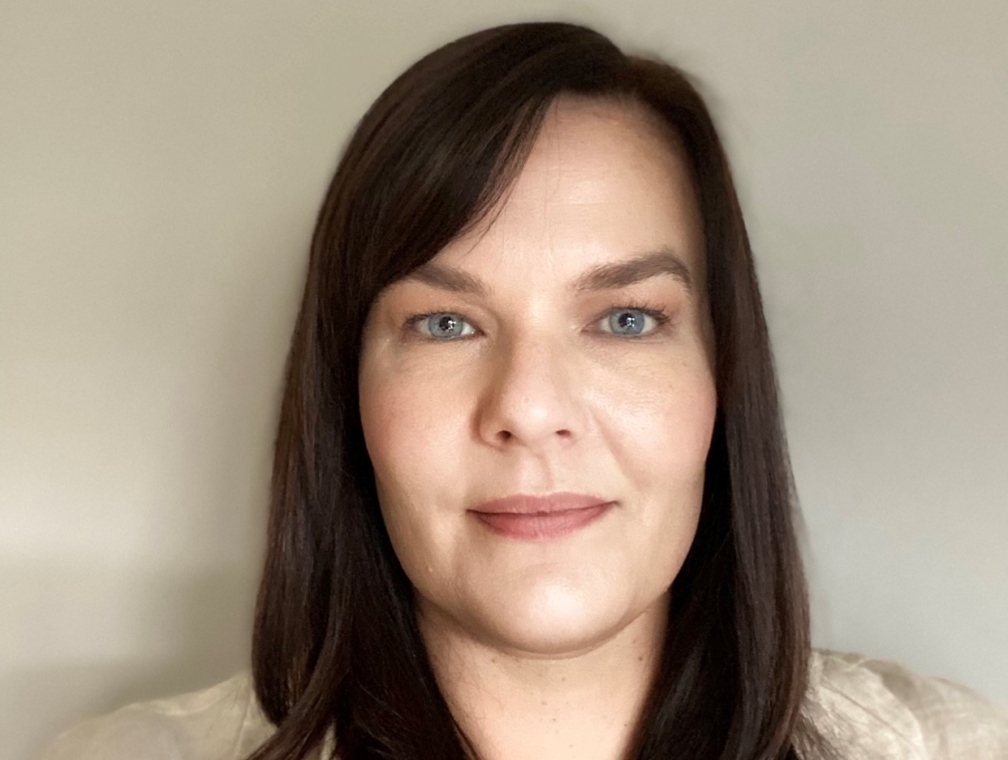Aussies lead world-first cancer trial

Australian cancer drug development company, Race Oncology, is on track to be the first in the world to treat human patients with a rare subtype of the highly aggressive blood cancer Acute Myeloid Leukaemia, known as extramedullary AML.
Extramedullary Acute Myeloid Leukaemia occurs when the leukaemia cancer cells move from the patient’s bone marrow, to some other organ or tissue forming a solid tumour. The tumours often do not respond to treatment with normal leukaemia drugs.
Race Oncology’s Chief Scientific Officer, Dr Daniel Tillett, said AML is one of the most difficult cancers to treat and progresses rapidly. “Before the first treatments were developed in the 1960s, the average AML patient survived less than 8 weeks from diagnosis to death. Even today, many patients live less than 12 months. It’s a terrible cancer, and the EMD form is even worse,” Dr Tillett said.
Race Oncology is hoping to offer patients a better and more effective treatment option with their lead Phase 2 drug Zantrene. Zantrene (bisantrene dihydrochloride) was originally developed in the 1980s as an alternative chemotherapeutic that damages the heart less than other cancer drugs. It has been used in more than 50 cancer clinical trials in over 1,500 patients. Race Oncology has rediscovered the drug and is investigating its use in multiple disease areas, including leukaemia.
A small Phase 2 trial in Israel testing Zantrene in patients with AML found that one course of Zantrene was effective against all patients that had EMD AML. Scientists at the University of Newcastle, NSW, in collaboration with Race Oncology have been studying Zantrene in animals as a new treatment for EMD AML with very positive results. The goal now is to prove the drug’s effectiveness in a larger trial in people who have this disease.
If successful, Zantrene could prove to be a lifesaver for many of Australian patients who suffer from the aggressive and difficult to treat disease, every year. AML patient Laurie Bartlett, 67, is one of approximately 900 patients who are diagnosed with Acute Myeloid Leukaemia in Australia and is well familiar with the severe impacts of the disease.
"You're in a situation where it runs down your whole immune system, and blood cell production. Often in the end, you can't fight off even small infections like the common cold. It's like going back to the early days when there was no such thing as penicillin, and you could die from septicaemia after a simple scratch. Leukemia is not quite like that, but it does affect the bone marrow and play havoc with your immunity and can lead to extremely serious illness and even death," Mr Bartlett said.
This trial is being run at the Cavalry Mater Hospital in Newcastle, NSW and its success relies on as many AML patients as possible joining the trial.
Lead specialist doctor for the Race Oncology EMD AML trial, Dr Anoop Enjeti, is calling for suitable patients to consider participation in the trial, not just to benefit their own health, but also to help pave the way for future medical advancement.
“If you look at how we used to approach treating leukaemia 10 or 20 years ago, it was a bit like a shotgun approach. You basically blasted everything in sight and tried to completely knock the cancer on its head. We’ve since learned over the course of time that this approach doesn't always work because there are resistant cancers which don't get shot away and will always rise from the dead,” he said.
Dr Enjeti said it’s important to continue to develop new techniques and approaches to keeping leukaemia under control by fine tuning how the genetic material in the cancer cells are expressed, and how this can control the spread of cancer.
“In this trial, we hope to show that the process which regulates how a cell proliferates and grows to become a tumorous mass, can be fine-tuned and inhibited by Zantrene, which thereby leads to regression of the cancer,” he said.
Zantrene, has been identified as the most potent inhibitor of the Fatso/Fat mass and obesity associated (FTO) protein, a key protein in the recently discovered m6A RNA methylation pathway. Overexpression of FTO has been shown to be a genetic driver of a diverse range of cancers including AML and targeting FTO offers new treatment options for patients.
The aim is to identify the best dose of Zantrene to use (Phase 1) and then continue the trial at the best dose to see how well it works (Phase 2). It’s expected the trial will take around 18 months to recruit all patients, and the patients will then need to be monitored for 12 months after treatment.
“One of the positive things about this trial is that it’s ‘open label’, meaning we get the results for each patient as the trial is progressing and we don’t have to wait until the end to know if the drug is working,” Dr Enjeti said.
Dr Daniel Tillett said Race Oncology was excited to be leading the world in this important area of health.
“It’s rare when you happen to be the leader in a totally new area in oncology, as these don’t come along very often. It’s not too difficult to find a new drug target, but many of them are very, very narrow and often confined to the subtype of just one cancer,” he said. "We are fortunate to have a target that is so widely found across the whole range of different cancer types. This is a massive opportunity, as the FTO pathway we are focusing on is relevant across such a broad spectrum of targets, not just confined to a few.”
The drug will be used in two different ways in the trial. First, for those EMD AML patients that can tolerate intense chemotherapy, it offers the patient the chance of long-term remission or possibly even a cure. The other way will focus on patients not able to tolerate intense treatment, and where Zantrene will be used in low doses, to control the disease and extend the patient’s life with manageable side effects.
Dr Anoop Enjeti said the ultimate aim of the clinical trial is to improve outcomes for all patients with this type of leukaemia. “If successful, it means less visits to hospital, more leukaemia-free time, less infections, and better quality of life, more time with family and friends. It's a potential pathway to curing this type of leukaemia, which is extremely exciting” he said.
Photo: National Cancer Institute/Unsplash









